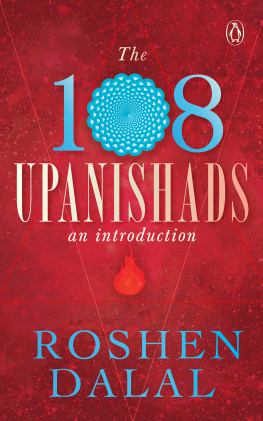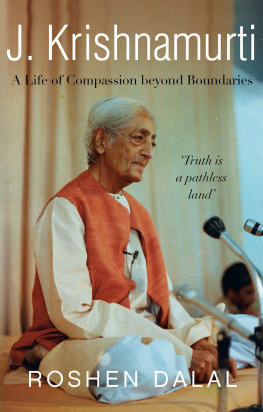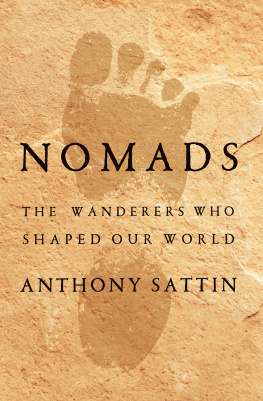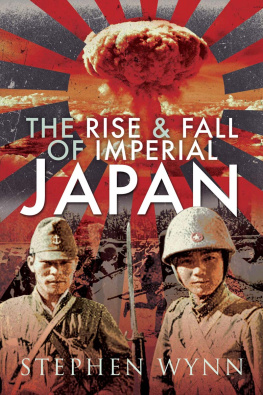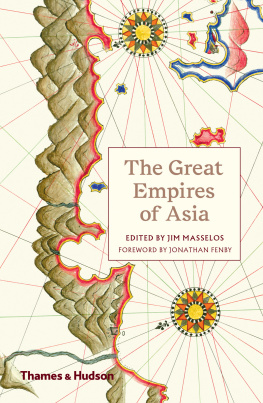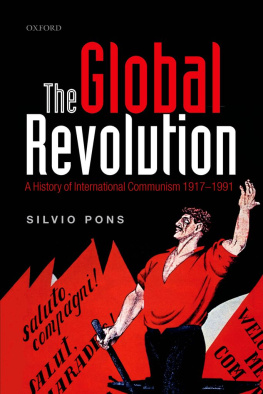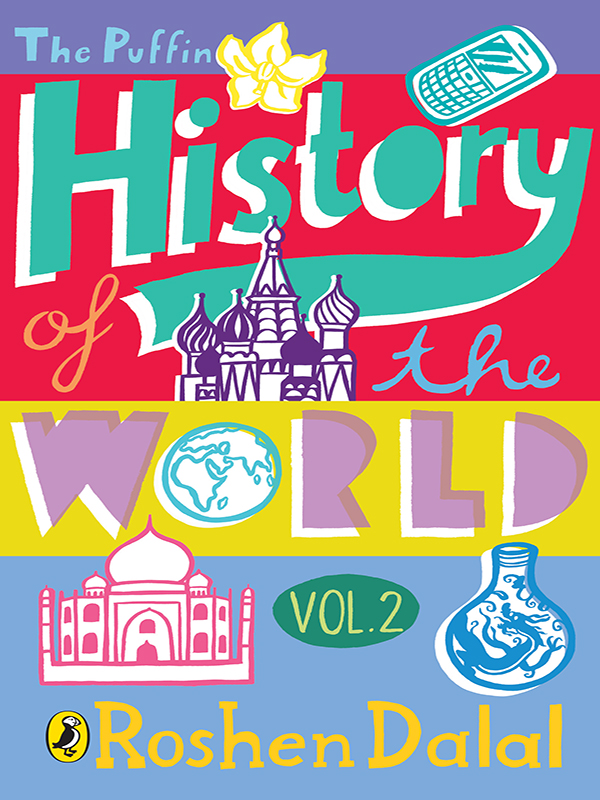Introduction
T his book begins in the year 1500, and is a continuation of The Puffin History of the World: Volume 1. In that book we saw that history is the story of the past, but that everything of the past cannot be included. We also saw that there are different approaches to history, that is, there are different ways of looking at the past, and that we know about the past both through material remains, and through various types of records.
After 1500, both material remains and records are far more numerous. There are buildings, monuments, art, sculptures, coins and records of all types. Records include letters, descriptions of events, accounts of expenditure, administrative records, travellers descriptions, and much more. Based on all these sources, histories too were written. New historical studies continue to be written every year.
Yet it is interesting that no two countries write the history of the same events in the same way. After many rounds of discussion, historians of Germany and France published a history text together. But even in this, they included parallel versions of their analysis of the past.
Ways of looking at the past are constantly changing. In one example, the manner of writing the history of countries in Africa has changed considerably over the last fifty years. Earlier, the oral traditions of these countries were ignored, and Europeans wrote Africas history based on their own sources. They could not believe that there had been any great achievements in the interiors of the African continent. It is only after African countries became independent that their histories were written in a more authentic way.
Sometimes, newly independent nations, or those undergoing political changes, deliberately rewrite their history, in order to put forward a glorified view of their past, or of their present. For instance, when Stalin was prominent in the USSR, histories written in that country praised him. Later, there were many critiques of him.
Such problems, along with new approaches to history, exist all over the world. In fact, even in the same country, no two people write history in the same way.
In this book we have tried to present a balanced view of the past, taking into account different viewpoints and approaches. So much has happened in the world, that everything cannot be included here. This book includes the main events and developments that have taken place, along with some interesting aspects of the past.
Though this volume can be read separately, it is best read along with the Puffin History of the World: Volume 1.
Both volumes are for young people, but can be read by people of any age.
bce and ce
BCE and CE are the abbreviations used in these two volumes for dates. BCE stands for Before Common Era and CE for Common Era. The Common Era is the calendar we generally use. These abbreviations are now increasingly used in all parts of the world instead of BC and AD . In this volume, the terms BCE and CE are used rarely, as the book begins in CE 1500, and all dates, unless otherwise mentioned are CE .
a note on dates in this book
Even though we are dealing with a later time period than in Volume 1, some dates remain uncertain. In this book, different sources have been consulted to choose the most likely date.
spellings used
There are many different languages in the world, and some of their sounds have no English equivalent. In this book, we have provided the English equivalents of names in European languages, and in general, have used the most accepted and authentic spellings.
Read more in Puffin by Roshen Dalal
The Puffin History of India
Volume 1 (3000 to 1947)
The Puffin History of India
Volume 2 (1947 to the Present)
The Puffin History of the World
Volume 1 (Origin to 1500)
1
The World in 1500
F rom the time of the Big Bang, when the universe first began, up to CE 1500, the world had been through many changes. At first nothing existed; then plants, birds, reptiles and animals emerged. After millions of years, finally human beings evolved. By 1500 almost all the regions of the world were occupied. There were contacts and connections across much of the known world; yet some regions remained isolated. The three continents of North America, South America and Australia were among these. The continent of Antarctica, as well as some islands, were yet to be occupied, or even visited.
In the 15th century and later this began to change.
Europe, Asia and Africa had trade and other connections since ancient times. The early Persian empires extended across Asia. Alexander the Great from Macedonia in Europe crossed through Asia on his expeditions of conquest, and reached northern Africa, which was then under Persian rule. His successors ruled parts of Asia and Africa. The Roman empire, too, ruled parts of Asia and Africa and traded with India. In the 8th and 9th centuries CE the Arab world provided a meeting point for the cultures of Asia, Europe and north Africa. Asian countries such as India and China had crossed the seas and occupied parts of South East Asia. However, they had not attempted the conquest of regions in other continents. The Mongols connected much of Asia through their conquests and trade routes from the 13th century onwards and also invaded Europe. Merchants from Genoa and Venice had been involved in trade with Asia from the 11th century onwards. The Crusades, the great religious wars fought across Europe and Asia from the 11th century onwards, provided information about new routes and products available in different lands. In addition, there were travellers and merchants who moved across regions and continents. Among the better known was Marco Polo of Venice (12541324), who in the 13th century CE visited China, India and countries of South East Asia, as well as Persia. His accounts were read by others and added to Europes knowledge of Asia. Other travellers included William of Rubrick (122093), the Italian Niccolo Dei Conti (13951469), Ibn Batuta (130469), the Russian Afanasy Nikitin (141372) and Abdur Razzaq (141382). There were many more, including Franciscan and Dominican monks, and ambassadors or envoys of various countries. Sir John Mandeville, who lived in the14th century, put together a number of travellers tales in a book titled


